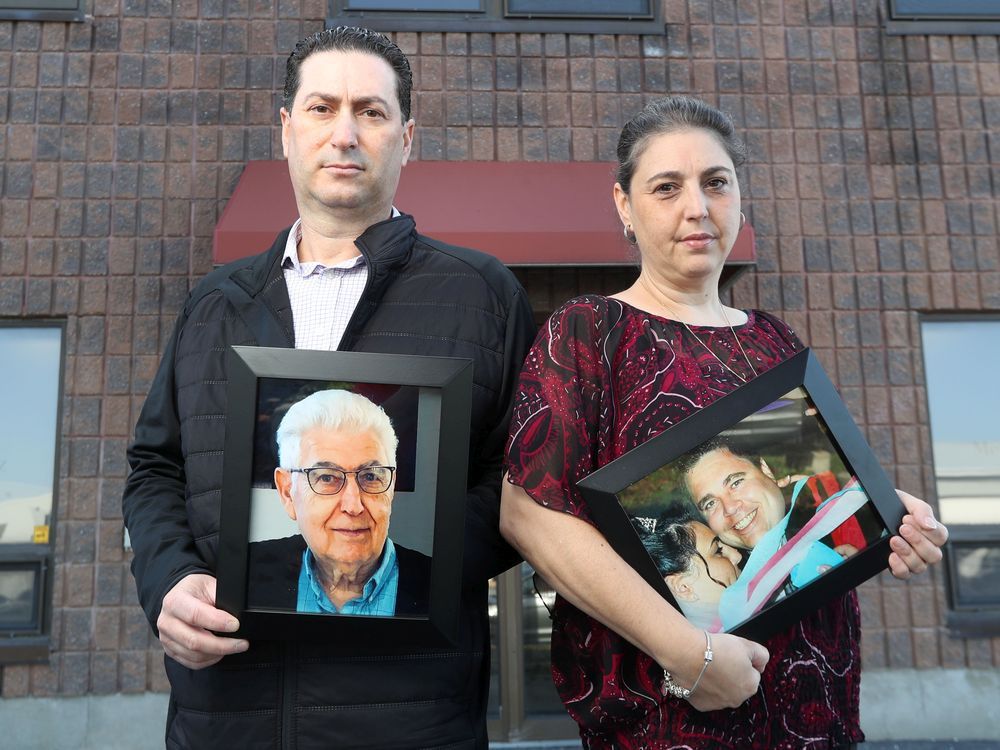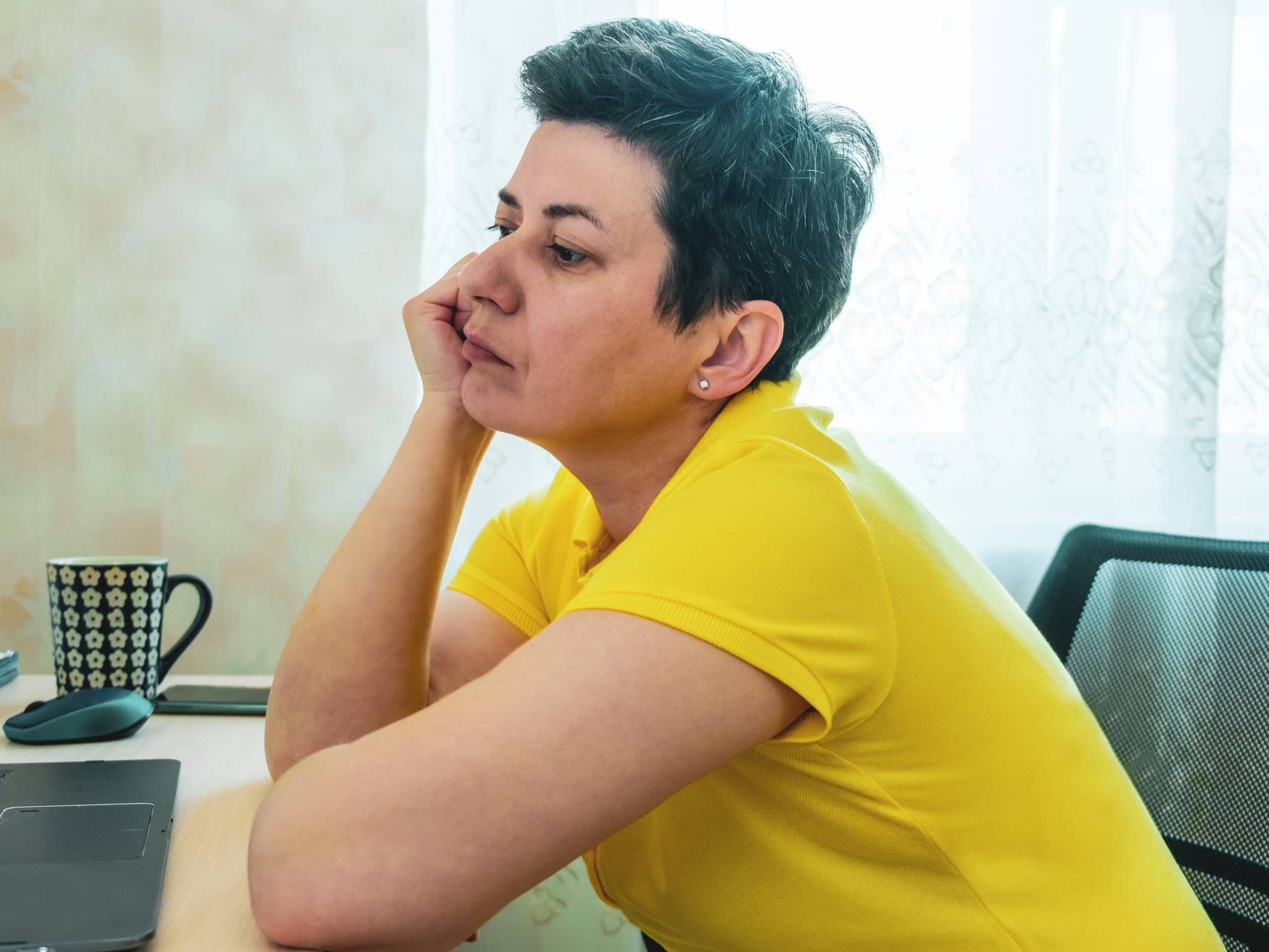symptoms, according to the apa, include many of the normal qualities of mourning, including intense emotional pain and loneliness, a sense of disbelief about the loss or deliberately avoiding reminders of what’s been lost, emotional numbness, and difficulty pursuing interests or connecting with friends.
studies have show that living this way comes with significant health impacts — increasing the risk of medical conditions, like cancer and high blood pressure, as well as mental illnesses like depression and suicidal ideation.
it’s always existed, but we didn’t know what to call it
some experts say this kind of withdrawal into an extended period of grief has always existed — we just didn’t have a name for it.
“they were the widows who wore black for the rest of their lives, who withdrew from social contacts and lived the rest of their lives in memory of the husband or wife who they had lost,” dr. paul s. appelbaum, chair of the committee that made changes to the dsm,
told the new york times. “they were the parents who never got over it, and that was how we talked about them. colloquially, we would say they never got over the loss of that child.”
others, though, worry about pathologizing a normal part of how people function. “we run a risk of stigmatizing the grieving, reducing their dignity and medicalizing the natural process,” allen frances, a professor and
chairman emeritus of the department of psychiatry and behavioural sciences at the duke university,
told the washington post. “some practitioners, especially in primary care after a 10-minute visit, might overuse the new label, over-diagnose and overprescribe.”
 3 minute read
3 minute read









